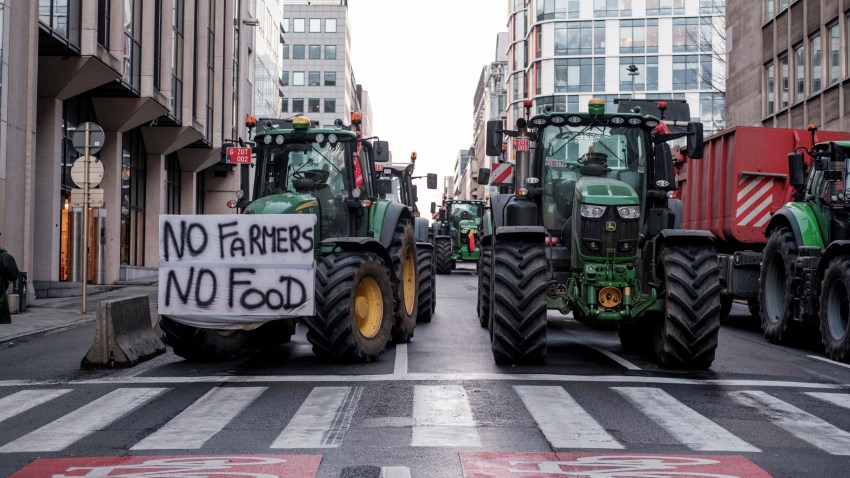In recent weeks and months, farmers across Europe have taken to the streets to protest against rising production costs and falling wholesale prices. From the Netherlands and France to Germany and Greece, motorways have been blockaded and supermarkets invaded, while tractors and other heavy machinery have brought chaos to city thoroughfares across the continent.
Rowdy and disruptive farmer protests in Europe are nothing new. Since the introduction in 1962 of the European Union’s Common Agriculture Policy, or CAP, farmers from member states have often pushed back against aspects of EU agricultural policy that adversely affected their own particular sectors. France’s farmers, in particular, have a long and sometimes deadly tradition of militant action going back more than a century.
These latest demonstrations, however, are unprecedented in both scale and nature, provoked by a perfect storm of seismic global events. Russia’s all-out invasion of Ukraine has sent the cost of key farming commodities like fuel, electricity and fertilizer soaring, while governments’ and retailers’ efforts to shield consumers from rampant food price inflation has seen the prices farmers receive for their products fall by almost 9 percent between late 2022 and late 2023.

